How to stay dry while hiking: shield yourself from the drink and keep smiling
Learn how to stay dry while hiking with these expert tips to make sure your day on the trails doesn't become a washout
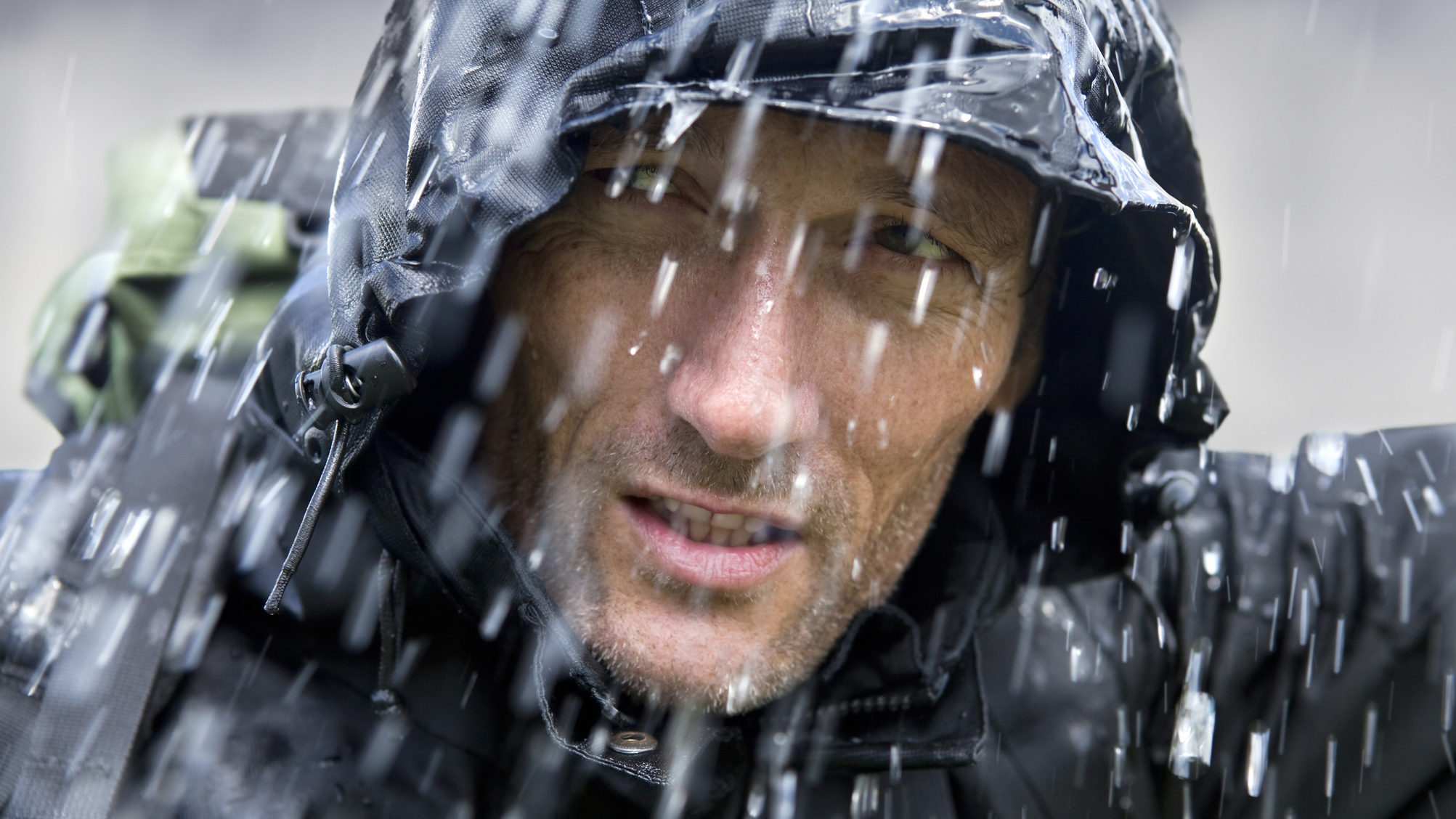
This isn't Wimbledon. Rain shouldn't stop play. You're in the mountains! Get your layers sorted and get out there.
Yes, with the right clothing, the correct systems and continued maintenance of your kit, you should be able to stay dry while hiking. It's easier said then done, of course, as the enemy can be within, as well as outside. It isn't just the cloud juice that pours down from above but also the lovely sweat that is expelled from your body, as you haul your gear up a long ascent, that can have you a little on the wet side during an adventure.
It’s a simple equation: dry = comfortable. And with some smart thinking and wise gear selection, hikers can laugh in the face of rain and fog without getting soaked in sweat from the inside. The key to knowing how to stay dry while hiking lies in layering your kit, maintaining it well and, perhaps, acquiring a few accessories. You can have the best waterproof jacket in the world but if used incorrectly or not looked after properly, it'll all be for naught.
Fortunately, we're here with our 12-step guide to staying dry, however biblical the conditions.
Meet the experts

Jonathan has been hiking in the notoriously wet UK uplands for decades and has tested more than his fair share of hiking kit in that time. What he doesn't know about keeping dry isn't worth knowing.
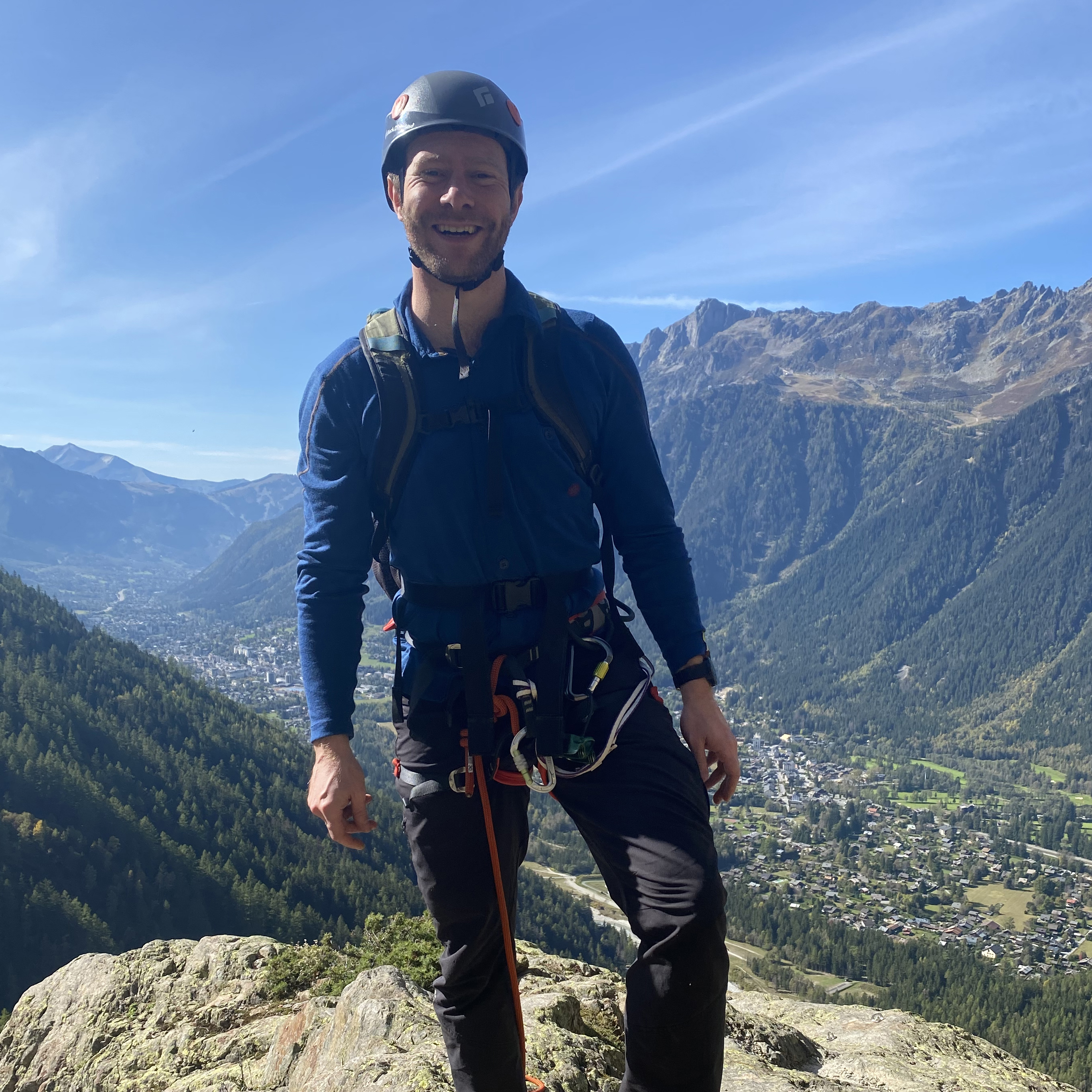
While he loves exploring the Alps, most of Alex's time in the mountains is spent in North Wales, the English Lake District or the Scottish Highlands, regions that aren't known for their dry weather. A qualified Mountain Leader, he's honed his layering system over many years and typically stays pretty dry these days.
Today's best deals
Baselayers
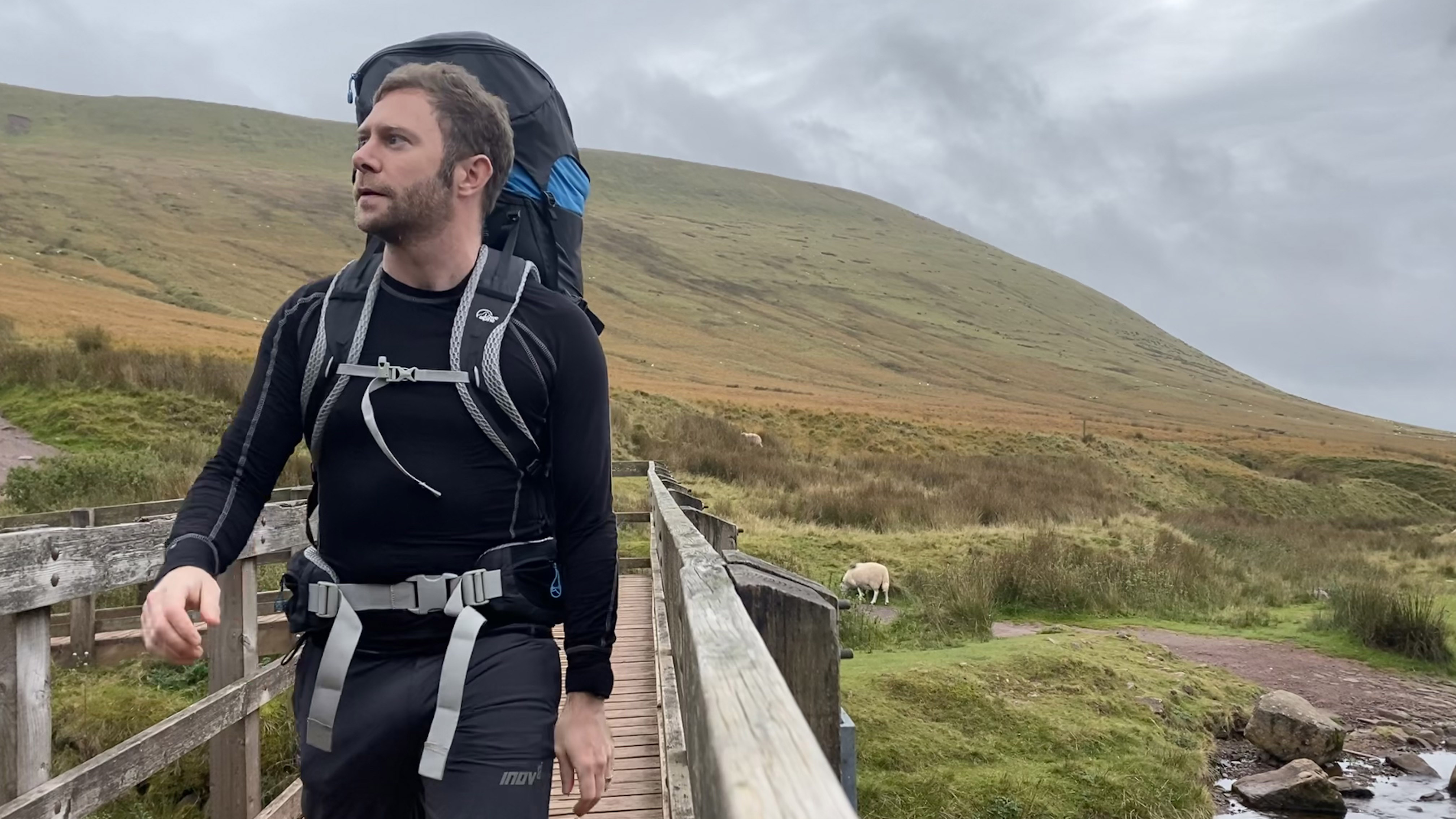
- A wicking baselayer draws moisture away from your skin
- Polyester and Merino are good at this, cotton is a no-no
There’s no escaping the fact that you’ll sweat as you walk, especially if you’re climbing hills and carrying a backpack, so make sure you wear a wicking baselayer next to your skin. A wicking top draws moisture away from your skin and pushes it towards your outer layers. Artificial fibres, such as polyester, are best at this, while Merino is a good natural option. Cotton is a definite no-no (even for underwear and bras). Make sure, too, that your baselayer fits closely, to facilitate moisture transfer.
Midlayer
- Lightweight midlayers work well when it's too cold for just a base layer and a waterproof outer
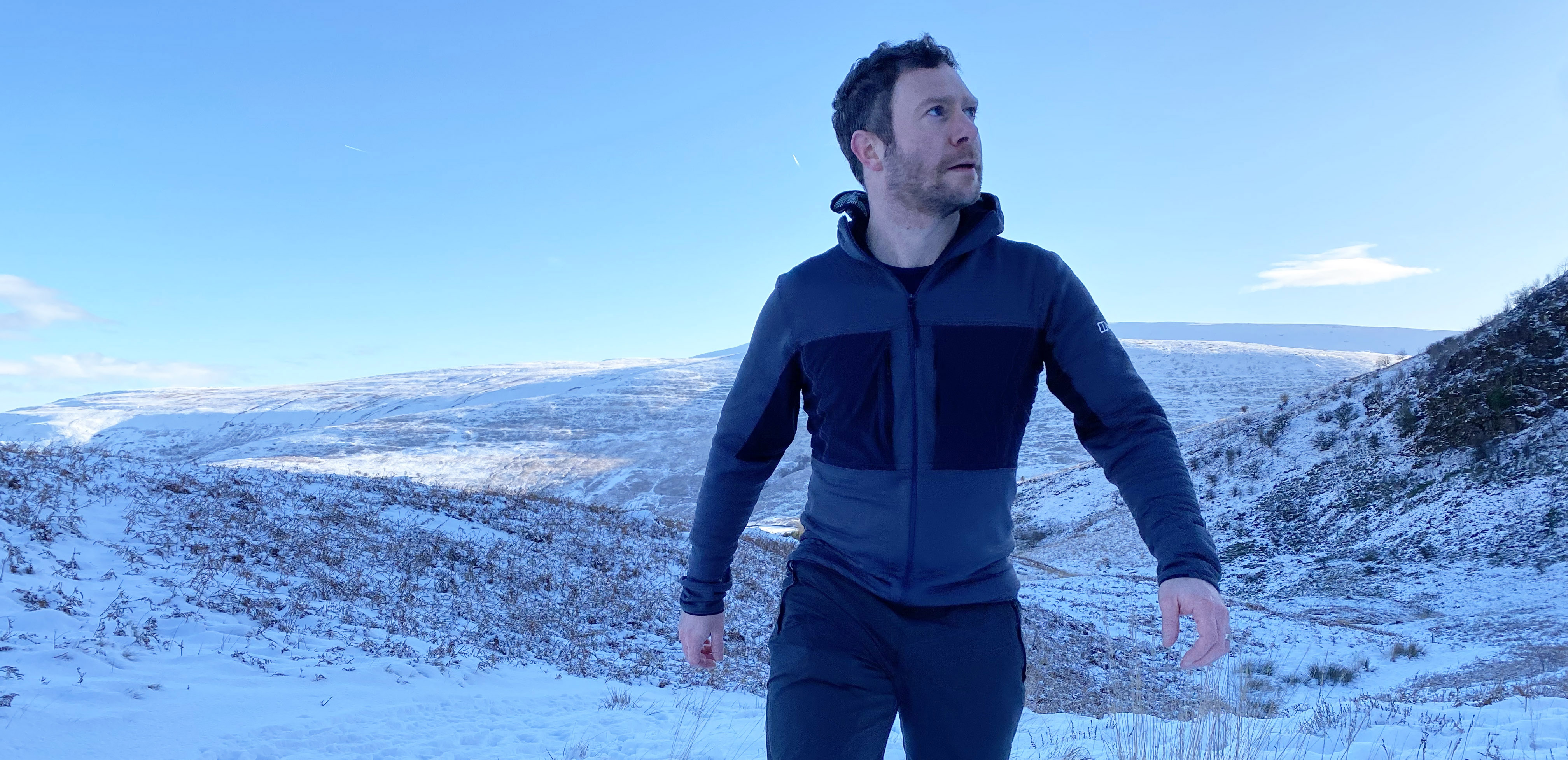
If it’s too cold simply to wear a baselayer and a waterproof shell, then choose a fleece midlayer for insulation. When it comes to choosing a fleece jacket, light, synthetic fibres, such as polyester, are best for helping moisture to escape.
Waterproof shell
- Waterproof jackets allow moisture to escape while keeping wind and rain at bay
- Reproofing a jacket's DWR is important so that it doesn't lose its breathability
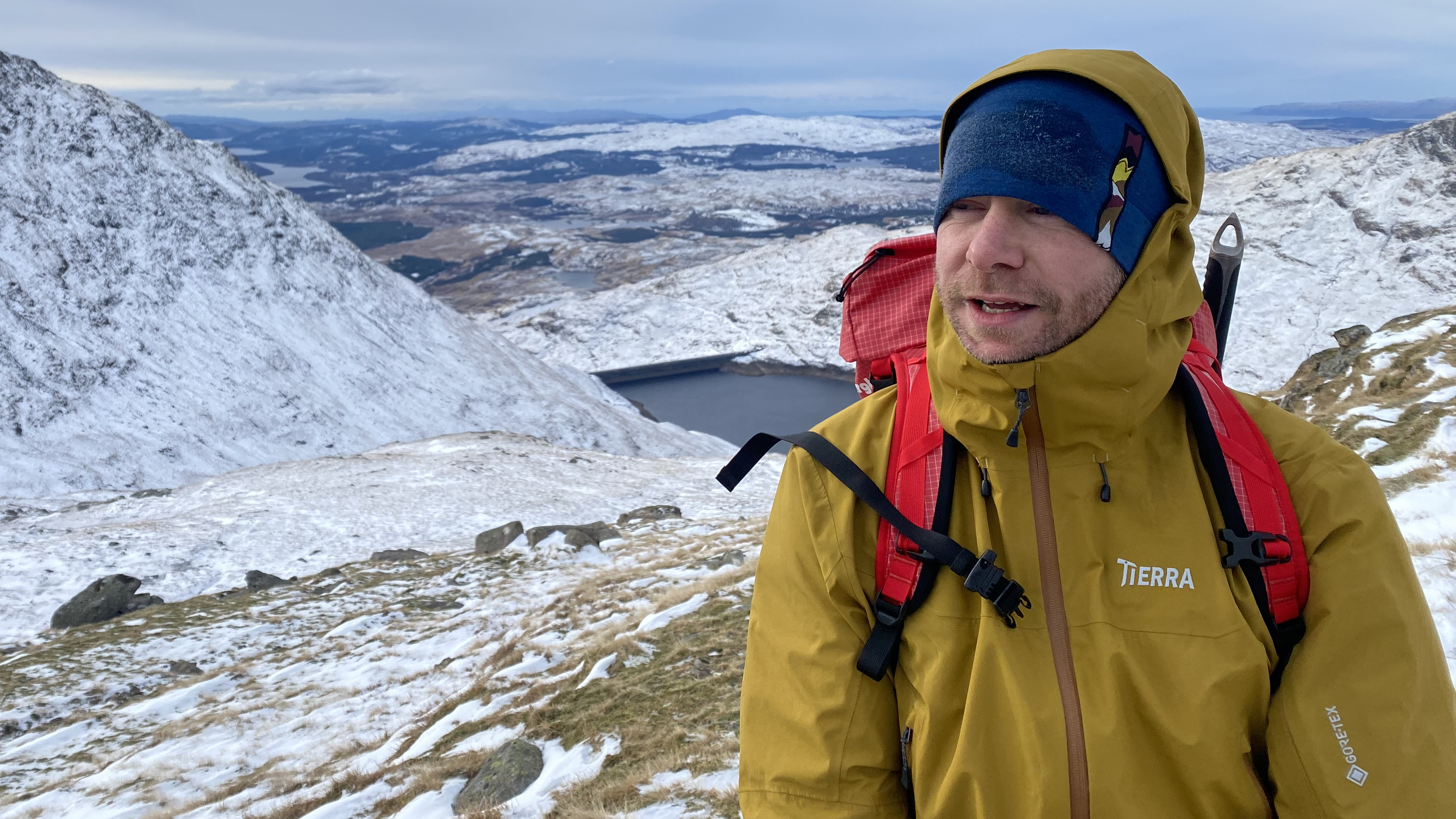
Waterproof jackets perform two functions. Firstly, they keep the elements at bay. And secondly, they help to allow inner moisture to escape before it condenses into cold sweat. For this to work, it’s important to give your jacket a little TLC from time to time.
Advnture Newsletter
All the latest inspiration, tips and guides to help you plan your next Advnture!
Reproofing your jacket with a specialist product, such as Nikwax TX.Direct Wash-in or Grangers Performance Repel Plus, will restore the durable waterproof finish (DWR) that makes raindrops bead on the surface of the jacket. If the surface becomes saturated in rain, it does not necessarily mean you’ll get wet – a decent jacket’s waterproof membrane (often Gore-Tex) will still keep water out – but it makes it harder for moisture to escape, creating the ‘boil in the bag’ feeling of getting wet from your own sweat.
Hood, vents and cuffs
- When the heavens open, cinch your hood as tight as possible
- Tighten the hem of your jacket and the cuffs as well
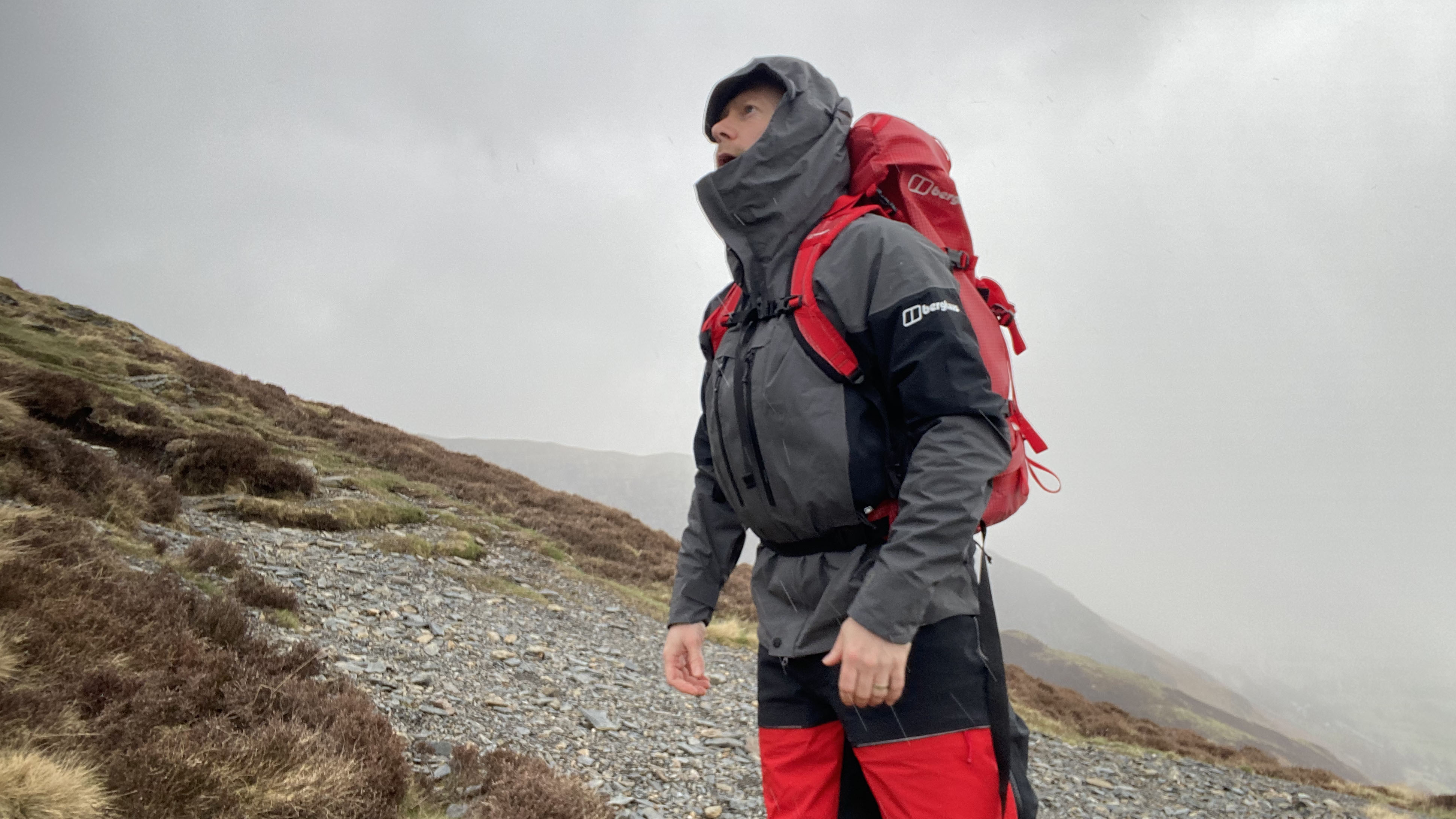
When the heavens open, it’s time to batten down all the hatches. Cinch the hood as close as possible to your head; the smaller the aperture for your face, the drier you’ll stay. Likewise, tighten cuffs as much as possible to stop beads of water running up your sleeves, and close any pit zip vents. Make sure all pocket zips are shut and that any storm flaps are securely in place in front or behind the main zip.
Rain pants
- Rain pants go on top of your standard hiking pants, creating a waterproof shield
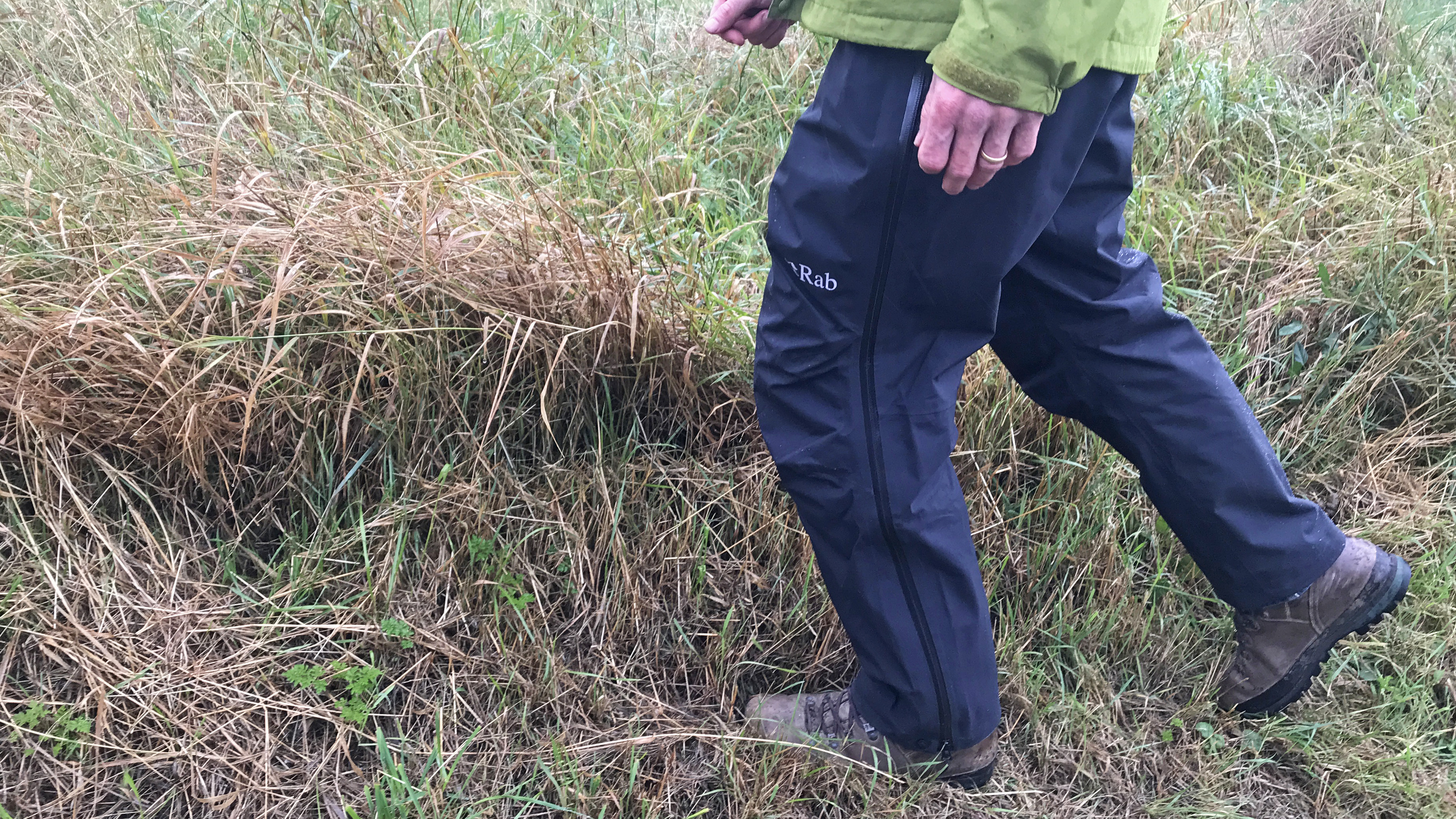
In normal conditions, rain pants or overtrousers are typically too warm, bulky and rustly to keep on all day, but if it looks like a serious rain shower is on its way, pull on overtrousers before the first drops fall. These work in the same way as a waterproof jacket, using a waterproof membrane like Gore-Tex to keep the drink at bay. They're usually designed with long zips that allow you to quickly put them on over your standard hiking pants.
Gaiters
- Gaiters seal off the space between your hiking pants and your hiking boots
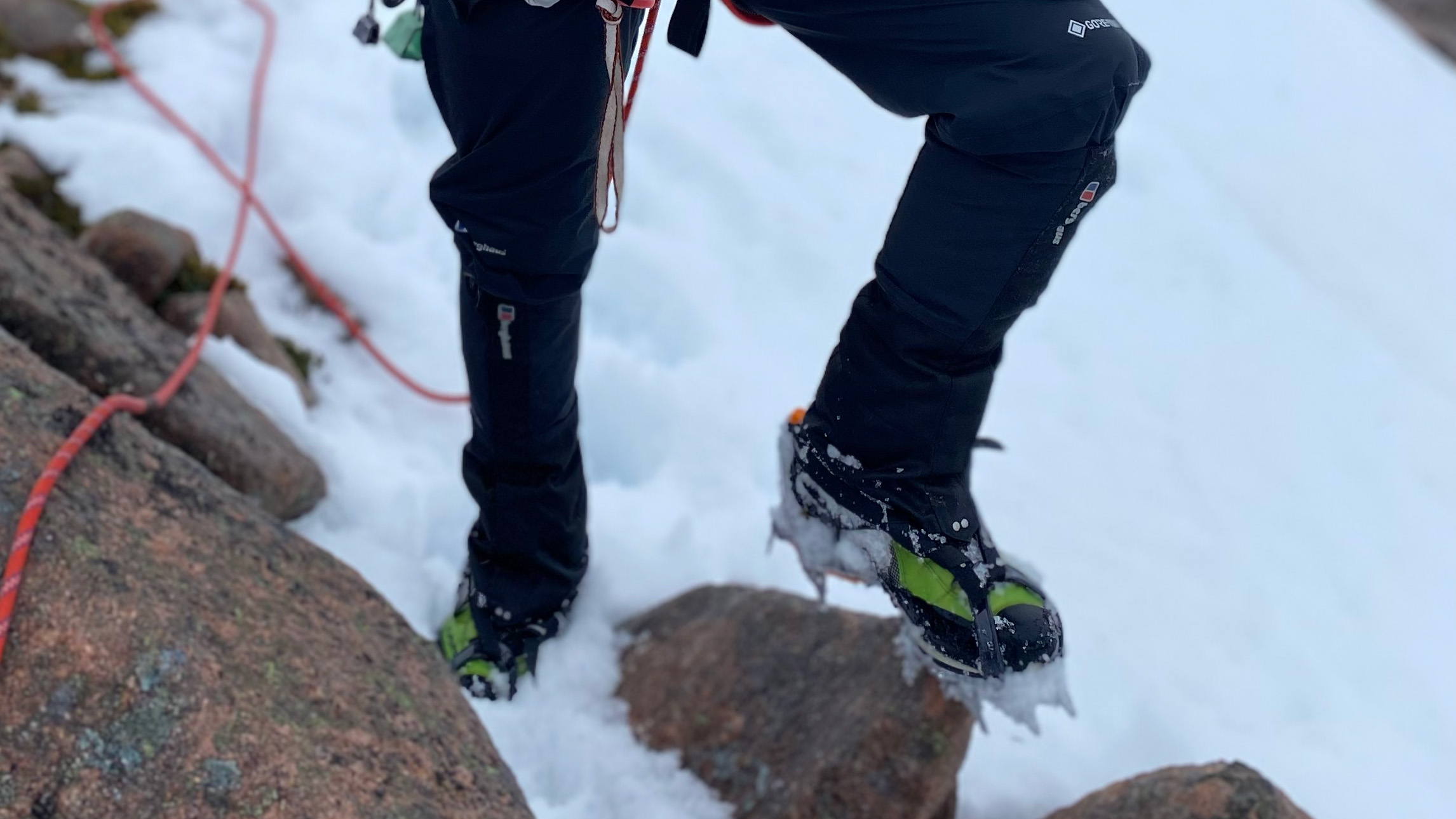
Water has a sneaky way of working its way into any opening, creeping over the top of boots or rising up trousers. Gaiters help to seal off this ingress, keeping feet, socks and lower legs dry. They’re also excellent for walking through snow and for keeping trousers clean of mud. They can be worn all day.
Backpack
- A waterproof cover can be used to cover the bag when it's really wet
- However, they limit access to your backpack's compartments
- They also have a habit of blowing away and getting lost, littering the backcountry

If your backpack or daypack has a rain cover, putting one over the top will keep it dry. However, they're not without their disadvantages. Firstly, there's the fact that they cover up all the backpacks openings and compartments, meaning you have to wrestle the elastic that holds them in place (or remove it entirely) every time you need at something. Secondly, they have a tendency to get picked up by the wind and blown off into the backcountry, where they remain, lost. Our wilderness areas become littered with these covers and mountain guides therefore advise against them. However, there's another solution to keeping your kit dry...
Drybags
- Internal dry bags are preferable to a waterproof cover
- As well as keeping your kit dry, they also help you stay organised
- Keep wet and dry kit in separate dry bags and backpack compartments
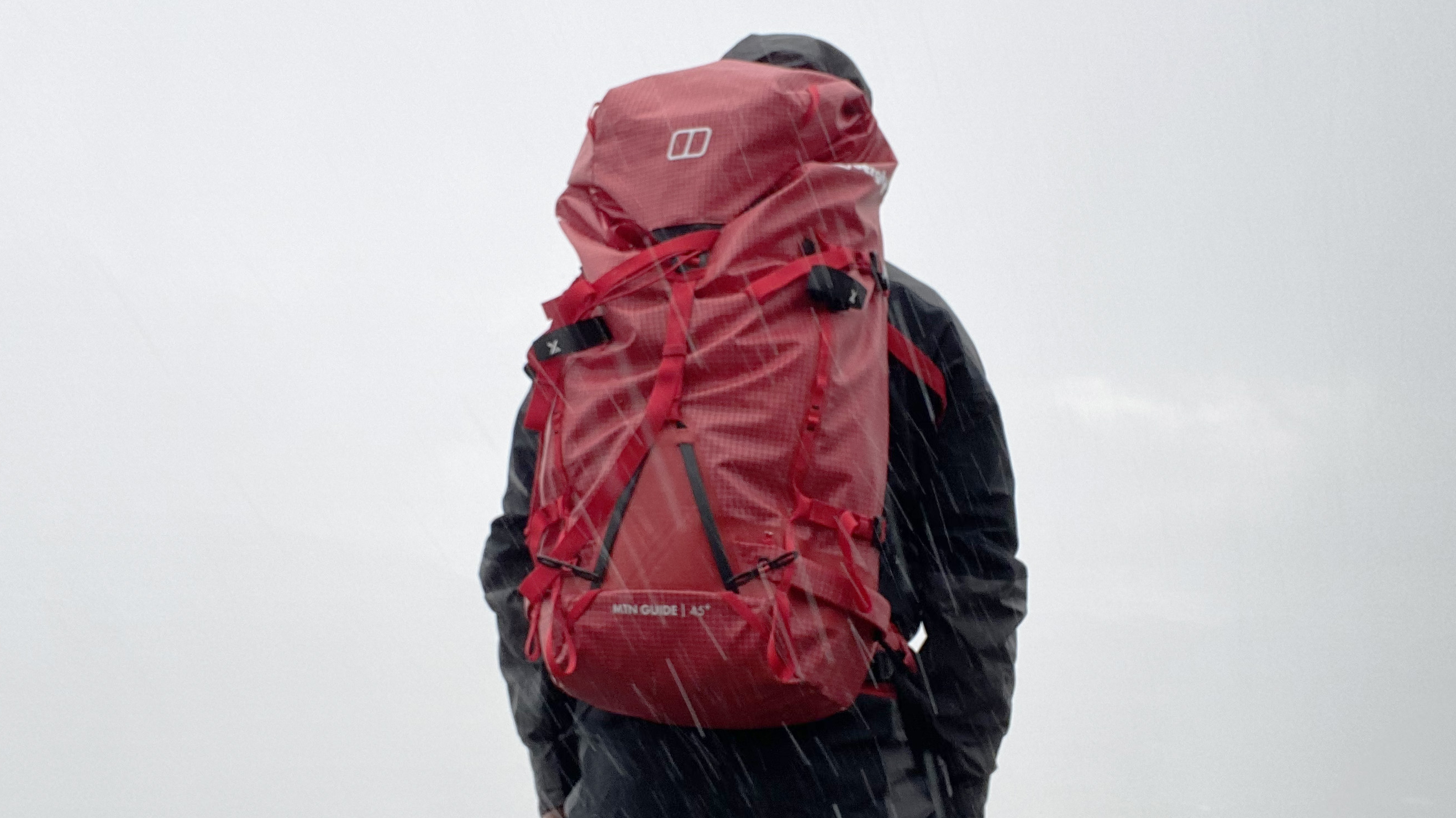
Stowing kit in waterproof dry bags is an excellent alternative to using a waterproof cover. The better sacks from firms such as Exped, Sea-to-Summit and Gul are so waterproof they can float down a river. Using different colors also helps you to know where the various elements of your kit are– for example: phone and battery pack in blue; spare socks, hat and gloves in green etc – and will avoid the need to tip everything out on to a wet path to find one thing.
Many backpacks provide separate compartments – use these, along with dry sacks, to keep wet and dry kit apart. Damp towels and yesterday’s socks are best kept well away from sleeping bags and nightwear.
Hat
- A hat with a wide brim will stop raindrops running straight down your collar
Ideally your jacket hood will keep you dry, but some walkers prefer a proper hat that lets you keep your ears free. A hat with a wider brim, such as a Tilley Hyeto, will stop raindrops running straight down your collar. Alternatively, if you wear glasses a long-peaked cap, worn under a hood, can keep raindrops off your lenses.
Hiking boots
- Quality hiking boots are usually waterproof
- You can extend their waterproof qualities using specialist products
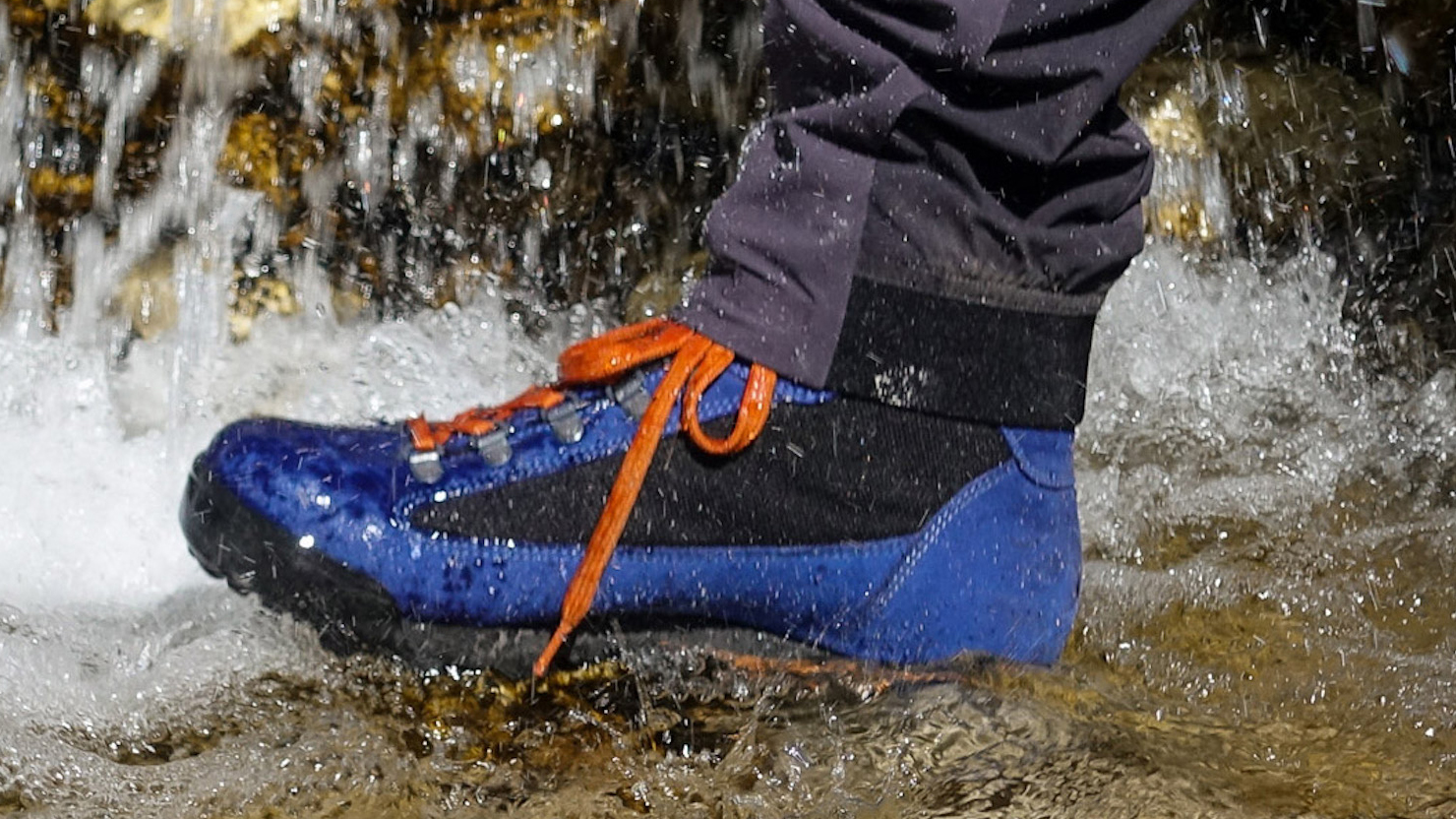
Most quality hiking boots are also waterproof, featuring a Gore-Tex membrane in the shape of a bootie. Extend the longevity and waterproof protection of your boots by maintaining them properly. Clean then reproof boots, using a specialist product for fabric boots, such as Nikwax Fabric and Leather Proof, or a wax or conditioner for leather boots, such as Granger’s G-Wax and Leather Conditioner. And remember – no cotton socks; choose wool or synthetic fibres.
After spending a decade as editor of Country Walking, the UK’s biggest-selling walking magazine, Jonathan moved to edit Outdoor Fitness magazine, adding adrenaline to his adventures and expeditions. He has hiked stages or completed all of the UK's national trails, but was once overtaken by three Smurfs, a cross-dressing Little Bo Peep, and a pair of Teletubbies on an ascent of Snowdon. (Turns out they were soldiers on a fundraising mission.)
